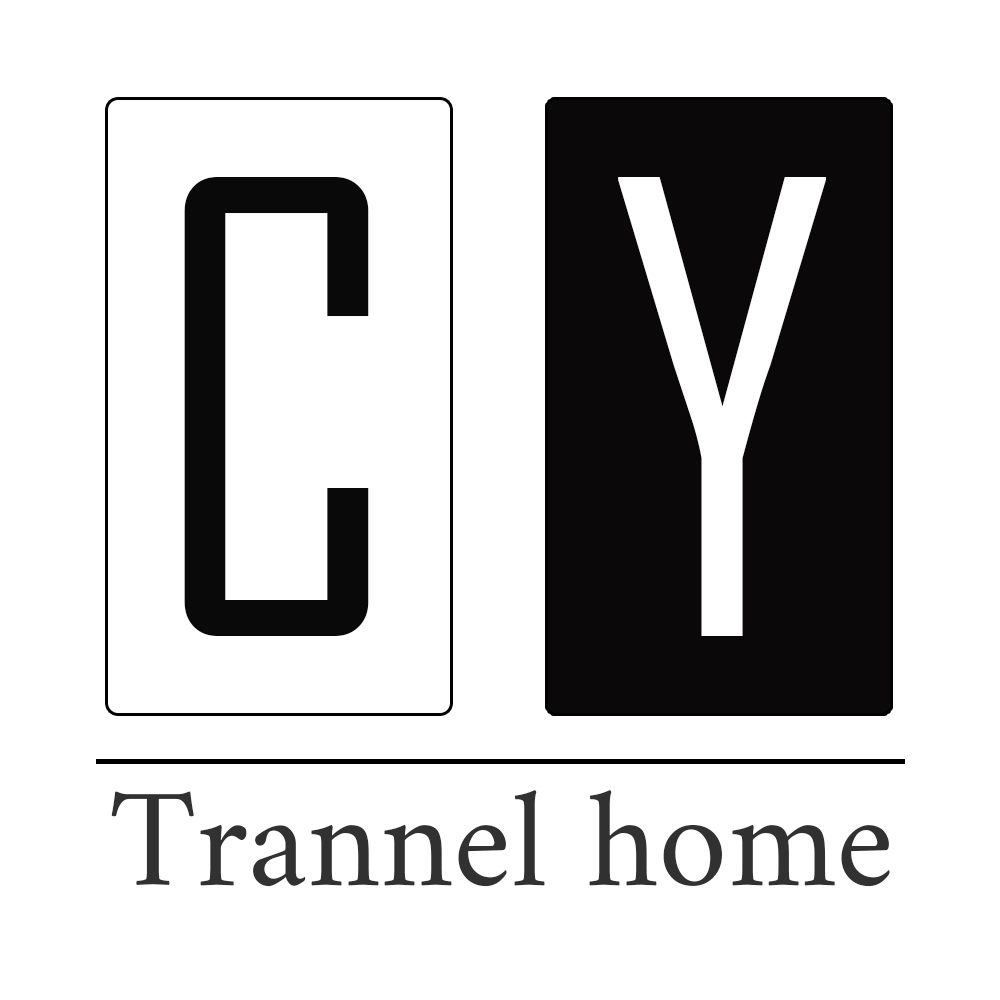The UK furniture market is one of the largest and most competitive in Europe. With growing consumer demand for durable, stylish, and eco-friendly products, solid wood upholstered furniture has emerged as a popular choice across the country. However, the UK is home to diverse regional tastes and preferences that can influence purchasing decisions. To effectively cater to UK consumers, Chinese manufacturers must understand these regional nuances and adapt their offerings to meet local demands.
In this guide, we’ll explore how Chinese manufacturers can tailor their solid wood upholstered furniture for the UK market, ensuring their products stand out while aligning with consumer expectations in different regions.
1. Understanding Regional Preferences in the UK
The UK is made up of four countries—England, Scotland, Wales, and Northern Ireland—each with its own distinct culture, history, and design preferences. While there are some national similarities, each region has unique tastes when it comes to furniture design and materials. As a Chinese manufacturer, it’s essential to consider these regional variations when developing products.
A. England: The Blend of Tradition and Modernity
In England, consumers often seek a blend of traditional craftsmanship and contemporary style. In suburban and rural areas, English buyers tend to gravitate toward classic designs like Georgian, Victorian, and Edwardian-inspired pieces, often with intricate woodwork and luxurious upholstery. However, in urban settings like London, modern minimalist designs are becoming increasingly popular. The demand for natural wood finishes like oak, walnut, and ash is high, while neutral fabrics such as linen, cotton, and velvet are preferred for upholstery.
To appeal to the English market, Chinese manufacturers should offer a wide range of styles, from traditional to contemporary, with options for customization in both wood finishes and upholstery fabrics. Focus on durability, quality craftsmanship, and timeless design to meet the expectations of English consumers.
B. Scotland: Rustic and Robust
In Scotland, the preference for furniture tends to lean toward robust and rustic designs, with an emphasis on durability. Solid wood pieces, such as large dining tables and heavy armchairs, are popular for their strength and timeless appeal. Darker wood finishes, like walnut or mahogany, are commonly used, and leather and wool are preferred fabrics for upholstery.
Scots also appreciate furniture that can withstand wear and tear, reflecting their practical and rugged lifestyle. Heavier, statement pieces are highly regarded, and traditional design elements are often mixed with modern touches for a more functional approach.
For Chinese suppliers, providing durable, robust designs with heavy-duty materials such as leather and wool will cater to Scottish preferences. Offering earthy tones and sturdy construction will appeal to the local market’s desire for furniture that lasts.
C. Northern Ireland: A Blend of Tradition and Innovation
Northern Ireland combines a strong sense of tradition with an increasing appetite for modern, functional designs. Furniture in this region often mixes classic craftsmanship with contemporary functionality. Northern Irish consumers are looking for pieces that reflect their cultural heritage while offering the flexibility and space-saving designs required for urban homes.
Solid wood pieces like oak and ash are popular, and neutral fabrics like linen and cotton are frequently chosen for their light, clean appearance. However, multi-functional furniture, such as modular sofas or adjustable dining tables, is gaining popularity in urban areas where space is limited.
Chinese manufacturers should focus on offering versatile, space-saving designs with classic wood finishes and modern upholstery fabrics. Emphasizing flexibility and multi-purpose use will help attract the Northern Irish market, particularly in urban areas.
2. Material Choices and Upholstery Fabrics
Choosing the right wood types and upholstery fabrics is crucial for ensuring that your products meet the specific demands of UK consumers. Each region has different preferences when it comes to materials, and offering a range of options can increase your appeal.
A. Wood Types
- England: Oak and ash are popular, particularly for their light, natural finish that complements both classic and modern interiors. Walnut is also in demand for higher-end furniture pieces.
- Scotland: Scots prefer darker woods, such as mahogany or walnut, for a more traditional and robust look. The heavier weight and rich finish of these woods reflect the rustic and strong aesthetic that is favored in this region.
- Northern Ireland: Both light and dark woods are popular, with oak, ash, and walnut being common choices. Offering a range of natural wood finishes will help satisfy the diverse tastes in Northern Ireland.
B. Upholstery Fabrics
- England: Linen and velvet are widely used for both traditional and modern furniture. Cotton and wool blends are also popular, as they provide a balance between comfort, durability, and luxury.
- Scotland: Scots prefer wool, tweed, and leather for upholstery, particularly in more traditional furniture. These fabrics complement the rustic aesthetic and offer added durability.
- Northern Ireland: Like England, Northern Ireland also favors linen and cotton for their light, airy feel. However, there is also an increasing demand for leather and wool blends for higher-end pieces.
To cater to these regional demands, Chinese suppliers should offer a wide selection of wood finishes and upholstery fabrics that can accommodate both traditional preferences and contemporary trends.
3. Price Sensitivity and Market Segmentation
Understanding the price sensitivity of consumers in different regions is key to positioning your products effectively.
A. England: Value for Money with a Touch of Luxury
In England, consumers tend to be more price-conscious, especially in middle-income areas, but they are also willing to pay more for premium materials and long-lasting quality. Offering a range of mid-range to high-end options will allow Chinese suppliers to appeal to both budget-conscious buyers and those seeking luxury.
B. Scotland: Focus on Durability Over Price
Scottish consumers value durability and are often willing to invest in high-quality, long-lasting furniture. Price is less of a concern if the furniture can withstand the elements and provide long-term use. Suppliers should focus on offering high-quality materials and robust designs that justify a higher price point.
C. Northern Ireland: Affordable Innovation
Northern Irish buyers are looking for a balance of value and functionality. While they appreciate good-quality craftsmanship, they are also attracted to innovative, space-saving designs that offer more for their money. Offering affordable, versatile furniture with a modern twist will resonate with this market.
4. Logistics, Delivery, and Customer Service
Efficient logistics and delivery services are crucial to entering the UK market. Consumers expect timely deliveries and high-quality customer service. By establishing local warehouses or partnering with reliable UK distributors, Chinese manufacturers can reduce shipping times and improve their customer service experience.
Offering warranties, easy returns, and responsive support will further enhance the customer experience and build brand loyalty in the competitive UK market.
5. Marketing and Brand Positioning
To effectively market solid wood upholstered furniture in the UK, Chinese manufacturers should emphasize the quality, durability, and eco-friendliness of their products. Sustainability is an increasingly important consideration for UK consumers, so highlighting the use of natural, sustainable materials and eco-friendly production methods will be appealing.
Additionally, showcasing the customization options available—such as wood finishes and upholstery fabrics—can help create a unique selling proposition (USP) for your brand. Using digital marketing strategies like social media ads, influencer partnerships, and targeted content can help increase visibility and engagement.
Conclusion: Successfully Entering the UK Market
To succeed in the UK market, Chinese manufacturers must be attuned to regional design preferences, material choices, and consumer behavior. By offering a diverse range of styles, from classic to contemporary, and providing a variety of wood finishes and upholstery fabrics, manufacturers can cater to the unique needs of English, Scottish, and Northern Irish buyers.
With a strong focus on quality, durability, and customer satisfaction, Chinese suppliers can build a reputation for offering high-end, customizable solid wood upholstered furniture that appeals to UK consumers.



